Why Verifying Drug Recalls Matters
Every year, thousands of medications are pulled from shelves because of contamination, mislabeling, or potency issues. In 2022 alone, the FDA issued over 7,100 drug recalls. Most of these aren’t publicized on the news. If you’re a pharmacist, nurse, or even a patient who takes medication regularly, you can’t wait for a letter or a website update to find out if your pills are safe. You need to verify recall notices yourself - fast and accurately.
Missing a recall can lead to serious harm. A contaminated batch of blood pressure medication caused kidney failure in multiple patients in 2021. A mislabeled insulin vial led to a fatal overdose in 2023. These weren’t rare mistakes. They happened because someone skipped the verification step.
The goal isn’t just to follow rules. It’s to stop a dangerous drug from reaching a patient. That’s why hospitals and pharmacies are legally required to act within 24 to 72 hours of a recall notice. The FDA doesn’t just warn you - it expects proof you acted.
How Recall Notices Are Issued
Recalls don’t come from one source. You can’t rely on just the FDA website, a manufacturer’s email, or even your pharmacy software. The most common mistake? Waiting for one notification.
Manufacturers send notices directly to distributors and pharmacies. The FDA posts recalls on its website, but updates can be delayed by hours. Some states, like California, require facilities to receive notices through their own regulatory portals. Insurance companies and pharmacy benefit managers (PBMs) also send alerts.
One hospital in Ohio received the same recall notice via fax, email, text, and a manual phone call - and each had a different lot number listed. That’s not unusual. In fact, 68% of facilities reported conflicting information during recalls in a 2023 FDA audit.
Bottom line: You need to check at least three sources every day. The FDA’s MedWatch portal, your pharmacy management system, and your state’s health department site. Don’t wait for someone to tell you. Go look.
The Seven Steps to Verify a Recall
Verifying a recall isn’t guesswork. It’s a process with seven non-negotiable steps, backed by the California State Board of Pharmacy and the Joint Commission.
- Don’t wait for a single source. Check the FDA website, your vendor’s alert system, and your state’s health portal. If you’re in a hospital, also check your internal safety dashboard.
- Match the exact product details. You need the National Drug Code (NDC), lot number, expiration date, and package size. One digit wrong - and you might miss a recall or waste hours checking safe meds.
- Check every storage location. A 2023 FDA audit found that 41% of recalled drugs were found in emergency kits, back rooms, or staff lockers - not the main pharmacy. Don’t assume it’s only in the dispensing area.
- Remove the product immediately. Once confirmed, take it out of all patient care areas within 24 hours. Put it in a locked, labeled quarantine bin. Do not return it to stock.
- Identify affected patients. If the drug was given to patients, you must track who received it. Use your electronic health records to find names, dates, and doses. This is required for Class I recalls - the most serious type.
- Find a replacement. Don’t leave patients without medication. Work with your supplier to get an approved substitute. Document why you chose it.
- Document everything. Date, time, who checked, what was found, what was removed, who was notified, and how you contacted patients. This isn’t paperwork - it’s your legal protection.
Skipping even one step can cost you. In 2022, a clinic in Texas was fined $127,000 for failing to document patient notifications after a recall. The FDA doesn’t care if you meant well. They care if you can prove you did what you were supposed to.
Manual vs. Automated Verification
Some places still use paper lists, spreadsheets, and phone calls. Others use software that auto-checks incoming recalls against inventory.
Manual verification takes an average of 4.7 hours per recall. Staff must print out notices, hunt through shelves, compare lot numbers by hand, and fill out forms. Error rate? Nearly 18%. That means one in five recalls is either missed or wrongly flagged.
Automated systems like TruMed’s AccuSite or Navitus’ Recall Management Platform scan your inventory database in seconds. They pull in FDA alerts, match NDC and lot numbers, and flag matches before a human even sees the notice. Response time drops to 1.2 hours. Error rate? Just 2.1%.
But automation isn’t perfect. It needs good data. If your inventory system has outdated NDC codes or misspelled lot numbers, the software will fail. And in small clinics or rural pharmacies, the cost of these systems can be too high. Grayson’s RecallTrac, for example, requires at least 50 users to be cost-effective.
There’s no one-size-fits-all. But if you’re managing more than 500 drug SKUs, automation saves time, money, and lives.
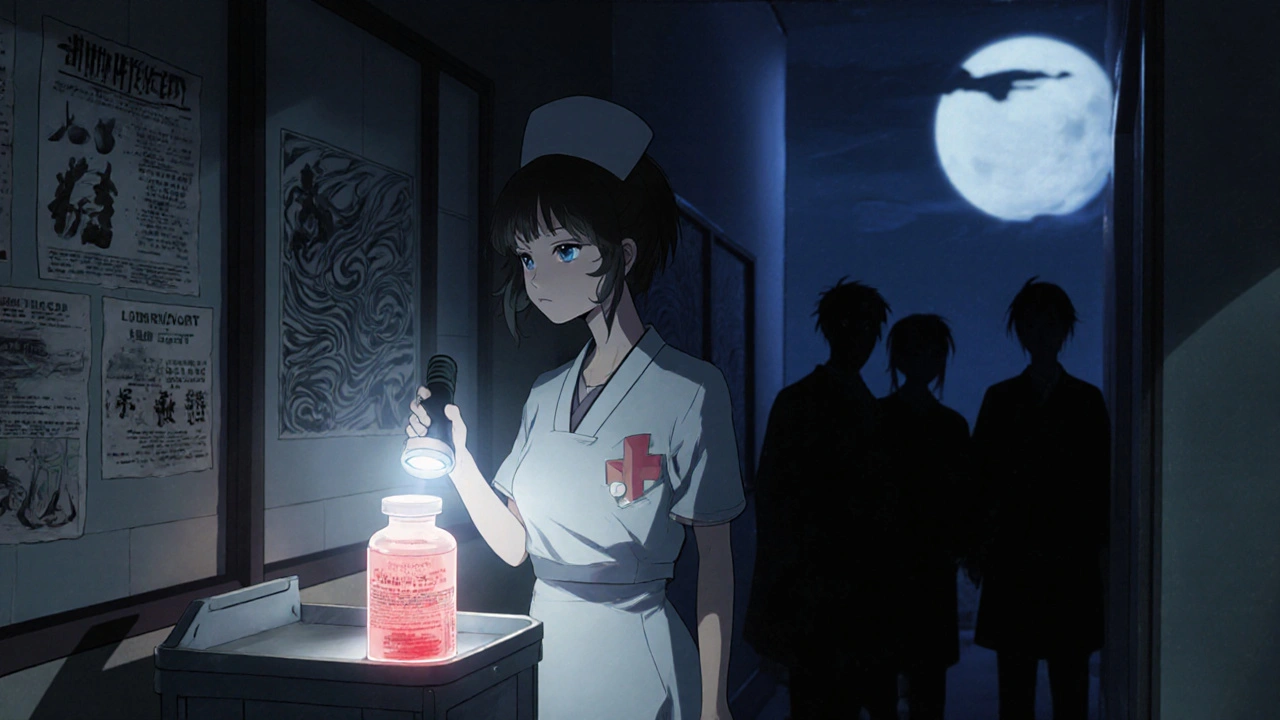
Common Mistakes That Put Patients at Risk
Even experienced staff make the same mistakes over and over. Here are the top three:
- Only checking the main pharmacy. Recalled drugs are often stored in crash carts, IV rooms, or even locked drawers in nurses’ stations. One hospital found a recalled antibiotic in a janitor’s closet.
- Assuming the lot number matches the packaging. A drug might come in a 30-count bottle and a 100-count bottle. The recall might only affect one size. If you check the wrong one, you think you’re safe - but you’re not.
- Ignoring after-hours recalls. Nearly 70% of recalls are issued outside business hours. If you don’t have a night-shift protocol, you’re leaving patients exposed for 12+ hours.
Dr. Jane Axelrad, former FDA Deputy Director, said it plainly: “23% of recalls involve products misfiled in wrong storage locations.” You can’t just look where you expect to find them. You have to look everywhere.
What You Need to Document
Your documentation isn’t just for compliance. It’s your shield.
For every recall, you must record:
- Date and time you received the notice
- Which source it came from (FDA, manufacturer, state)
- Exact NDC, lot number, expiration date, and package size
- Where the product was found (e.g., “Main Pharmacy Shelf B, Emergency Cart 3”)
- Quantity removed by lot
- Staff who verified and removed the product
- Names and contact info of affected patients (for Class I recalls)
- Replacement medication provided
- Date and method of patient notification
- Proof of return to distributor (tracking number, receipt)
The Joint Commission requires this documentation for audits. The FDA can fine you if you can’t produce it. And if a patient is harmed, your records are the first thing lawyers will ask for.
How to Build a Recall Response Plan
Waiting until a recall happens to figure out what to do is too late. Top-performing facilities have a written “recall playbook.”
Here’s what it should include:
- Who is on the Recall Team? (Pharmacist, nurse, IT, safety officer)
- Who checks which sources? (Assign daily checks to specific staff)
- Where are quarantine bins located?
- How do you contact patients? (Phone, letter, portal message)
- What’s your backup supplier list?
- What’s your after-hours protocol? (On-call pharmacist, alert system)
According to the Agency for Healthcare Research and Quality (AHRQ), 86% of high-performing facilities use a playbook. The ones without? They take 3.2 times longer to respond.
Train your team for 2 hours every year. Test the plan with a mock recall every six months. Make it part of your culture - not just a checklist.

What’s Coming Next
The system is changing. By 2027, federal law will require all prescription drugs to have electronic verification in the supply chain. Blockchain pilots by Pfizer and Walgreens are cutting verification time to 17 minutes. AI tools are being tested to match lot numbers even when they’re handwritten or faded.
But you don’t need to wait for the future. Right now, you can start doing three things:
- Check the FDA website daily - even if you think nothing’s happened.
- Train your staff on the seven-step process - no exceptions.
- Build your recall playbook - even if it’s just a one-page document.
Drug recalls aren’t going away. The number of recalls has increased 12% each year since 2020. But with the right process, you don’t just avoid fines. You protect lives.
Frequently Asked Questions
What is an NDC code and why is it important in recall verification?
The National Drug Code (NDC) is a unique 10- or 11-digit number assigned to every medication by the FDA. It identifies the drug manufacturer, product, and package size. During a recall, you must match the NDC on the notice with the NDC on your inventory. Even if the lot number is correct, a mismatched NDC means you’re looking at the wrong drug. Always verify all three: NDC, lot number, and expiration date.
How do I know if a recall is Class I, II, or III?
The FDA classifies recalls by risk level. Class I means there’s a reasonable chance the product could cause serious injury or death. Class II means it might cause temporary or reversible health problems. Class III means it’s unlikely to cause harm but violates labeling or manufacturing rules. You’ll find the class listed on the FDA’s recall announcement. Class I recalls require immediate action - within 24 hours for removal and 48 hours for full verification under updated 2023 rules.
Can I rely on my pharmacy software to catch all recalls?
No. While automated systems are accurate, they only work if they’re connected to the right data feeds. Many systems don’t pull from state health portals or manufacturer alerts directly. Also, if your inventory database has outdated NDCs or incorrect lot numbers, the software will miss matches. Always cross-check with the FDA’s official recall list, even if your system says everything is clear.
What should I do if I find a recalled drug after it’s already been given to a patient?
You must notify the patient immediately. Contact them by phone if possible, then follow up with a letter or secure message through your patient portal. Document the conversation. If the recall is Class I, you must also report the incident to your facility’s safety officer and the FDA through MedWatch. Don’t wait. Delaying notification increases liability and puts the patient at greater risk.
Are over-the-counter (OTC) drugs included in recalls?
Yes. While most recalls focus on prescription drugs, OTC products like antacids, pain relievers, and cough syrups are also recalled. The FDA lists them separately on its website. Pharmacies should check for OTC recalls too - especially if they sell them in bulk or use them in patient care (like topical creams). Don’t assume they’re low-risk. A 2023 recall of contaminated children’s ibuprofen affected hundreds of families.
How often should I check for recalls?
At least once per day, every day. Recalls can be issued at any time - including nights and weekends. The FDA updates its site multiple times daily. Set up a daily checklist: check the FDA website, your pharmacy system, and your state’s portal before your shift starts. If you’re in a high-volume facility, assign someone to check every 4 hours. Missing a recall because you didn’t check is negligence.
What happens if I don’t verify a recall properly?
You could face serious consequences. The FDA can fine you up to $84,350 per violation. Your facility could lose accreditation from the Joint Commission. If a patient is harmed, you could be sued. Even if no one gets hurt, a single missed recall can trigger a full audit - and that’s expensive and time-consuming. Verification isn’t optional. It’s a legal and ethical duty.
Next Steps
If you’re a pharmacist or healthcare worker:
- Go to the FDA’s recall page right now and check for new notices.
- Ask your supervisor if your facility has a written recall playbook - if not, suggest creating one.
- Verify that your pharmacy system is connected to the FDA’s data feed.
- Train your team on the seven-step process - even if it takes 15 minutes.
If you’re a patient:
- Keep your medication bottles - don’t throw them away until you’ve used them all.
- Write down the NDC and lot number from your prescription.
- Check the FDA’s recall site monthly, especially if you take high-risk medications like insulin, blood thinners, or heart drugs.
Verification isn’t a one-time task. It’s a habit. And in drug safety, habits save lives.

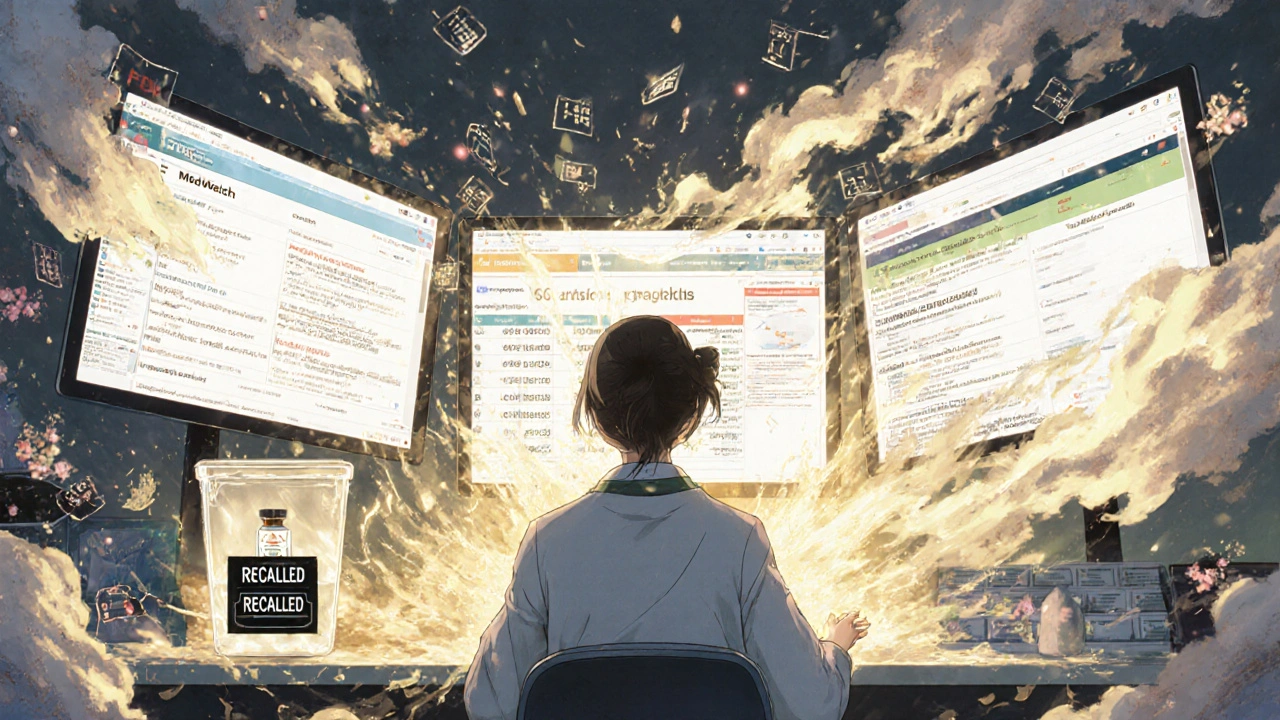
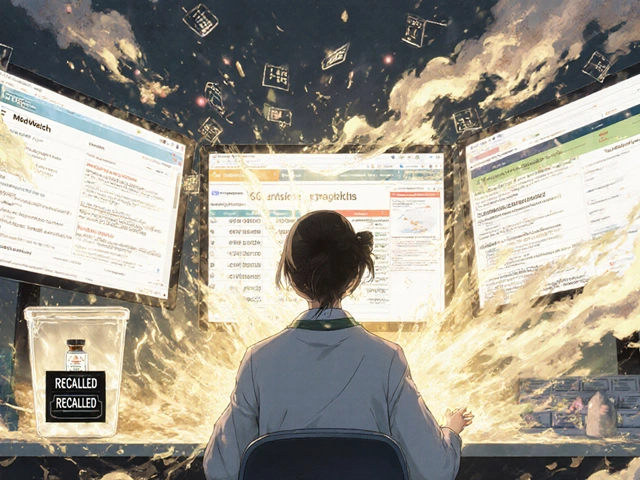
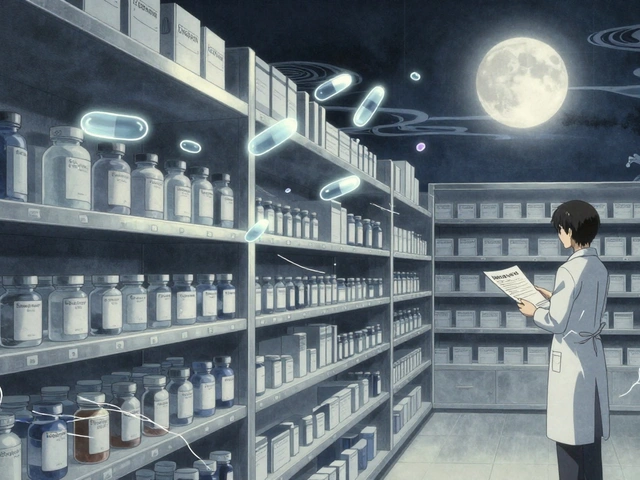


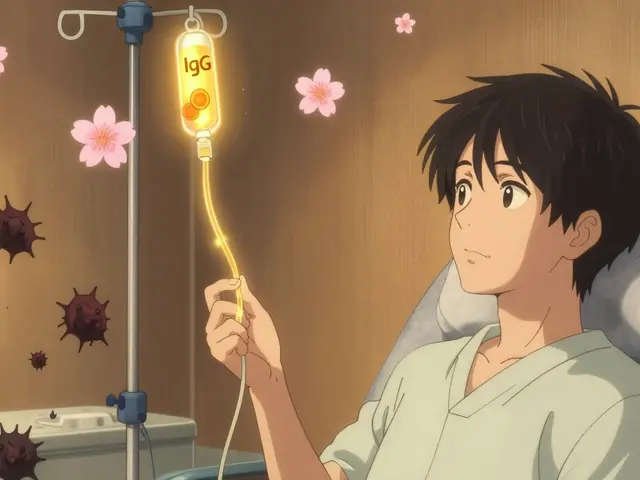

Jennifer Walton
November 14, 2025 AT 23:43Kihya Beitz
November 16, 2025 AT 22:11ASHISH TURAN
November 18, 2025 AT 09:55Ryan Airey
November 19, 2025 AT 17:16Hollis Hollywood
November 21, 2025 AT 08:31Aidan McCord-Amasis
November 22, 2025 AT 17:33Adam Dille
November 23, 2025 AT 11:06Katie Baker
November 24, 2025 AT 03:58John Foster
November 24, 2025 AT 04:14Edward Ward
November 25, 2025 AT 13:37Andrew Eppich
November 27, 2025 AT 10:20Jessica Chambers
November 28, 2025 AT 16:41